Winter photography is simply magical. Whether you’re shooting a couple in love, a family of snow bunnies tucked away in the seasonal wonderland, or an elegant snow-covered landscape, capturing electricity and moments of magic with your camera this winter season can be truly rewarding.
For example, you may want to consider shooting at dawn or dusk: the soft light of these times is perfect for winter photoshoots. Focus on creating contrast between the shadows and highlights in your images, as this will really create a dramatic effect. Additionally, using white balance may be useful – this can make it easier to capture both warm and cool tones simultaneously, which are common during the winter months.
Even if you’re not capturing people, there are plenty of other fun options for winter photography. Take some time to explore different environments such as forests, cities, or even fields blanketed in snow – you never know what you’ll find! And of course, don’t forget about traditional Christmas scenes like holiday lights or carols in the snow.
So if you’re eager to get creative with the coldest months of the year here’s your go-to guide for taking insanely beautiful photographs during wintertime! Read on for our top tips on how to do a winter photo shoot – from equipment to locations and styling – that will help bring out all those merry emotions from your dear subjects.
How to Prepare Yourself and Your Camera for the Cold Weather?
Before you head out for a winter photoshoot, make sure that your camera is ready for the cold weather. Check that your batteries are fully charged and consider purchasing external power sources if possible.
If necessary, you may also want to invest in a cold-weather cover or insulation wrap to keep your gear warm during long outdoor shoots.
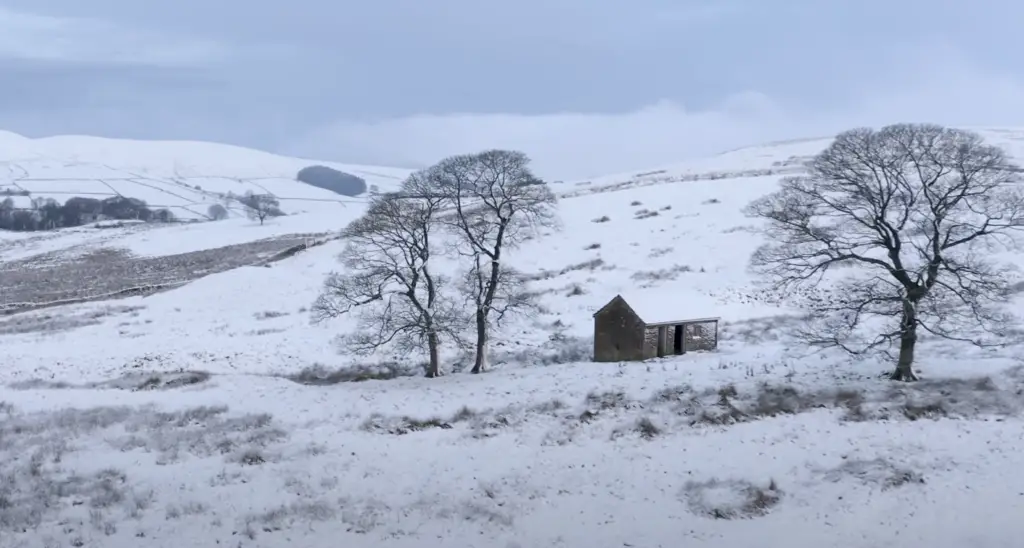
It’s also important to prepare yourself for the cold weather before a shoot. Wear layers of clothing that can be easily added or removed depending on the temperature. You may also benefit from wearing waterproof boots, insulated gloves, and extra hats or scarves to keep you warm while working. Don’t forget to bring plenty of snacks and hot beverages in a thermos to keep you fueled during your shoot!
Awesome Winter Photography Tips
Add People for Scale and Interest
People in photos can create a sense of scale and provide an interesting focal point. They also allow viewers to relate to the image. Add people such as friends, family, or models to your winter photoshoot for added interest.
Position the Sun
The sun is your most important light source in photography, especially during winter months when sunlight is limited. Positioning the sun behind you will give you the best lighting results. If possible, shoot in the morning or late afternoon when there’s less direct sunlight and more diffused light available.
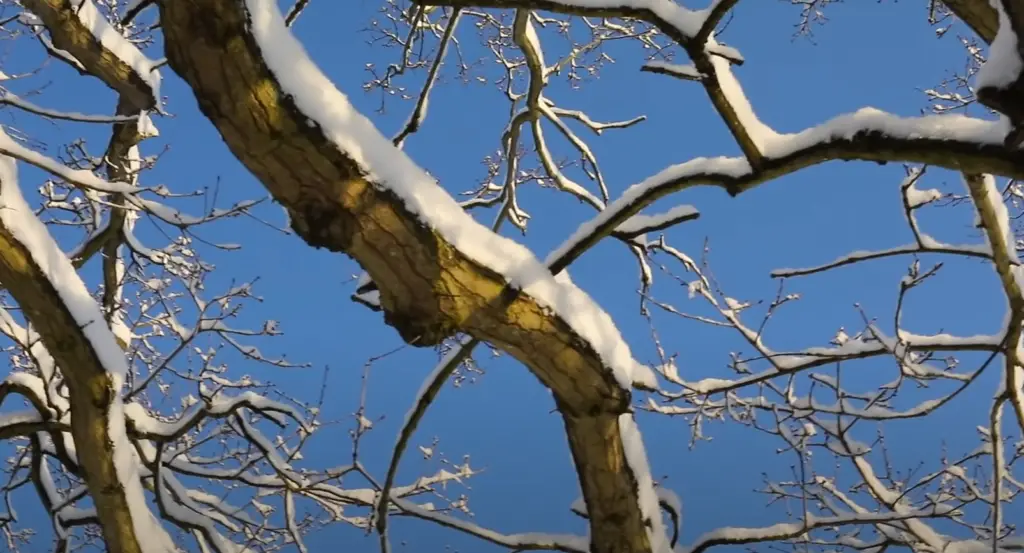
Manual Focus on Your Camera
It’s important to manually focus on your subject since autofocus may not work properly due to low light conditions. Adjust the camera’s settings to make sure you’re getting a sharp image.
Make Use of Snow
Snow can create an interesting element in your winter photos. With snow, your pictures will have a bright and cool look that plays on light and shadow in interesting ways. If you’re lucky enough to have snow in your area, use it to enhance your images [2].
Use a Tripod or Monopod
Shooting during winter months often means shooting in low light conditions and with long shutter speeds. Using a tripod or monopod will help keep your camera steady for sharper images. It will also allow you to take multiple shots of the same scene at different exposures to get the perfect shot.

Be Creative with Angles
Winter photoshoots present an opportunity to get creative with angles. Play around with different perspectives such as shooting from the ground up or getting close-up shots of textures like icicles and frosted windows. This can create unique images that stand out from traditional winter photos.
Use Negative Space to Your Advantage
Negative space can create a sense of focus and emphasize the subject of your photos. Try to use negative space in your winter shots, whether it’s an open sky or a barren field. This will give the image an elegant and artistic feel.
Chase the Blue Hour
The blue hour is a short period just after sunset and just before sunrise when the sky takes on a deep blue hue. This can create beautiful, moody images that are perfect for winter photoshoots.
Experiment with Color Filters
Color filters are great tools for creating interesting effects in your photos. Red, orange, and yellow filters are especially useful for winter photography, as they will enhance the cool tones of snow and ice. Experiment with different color filters to give your photos a unique look.
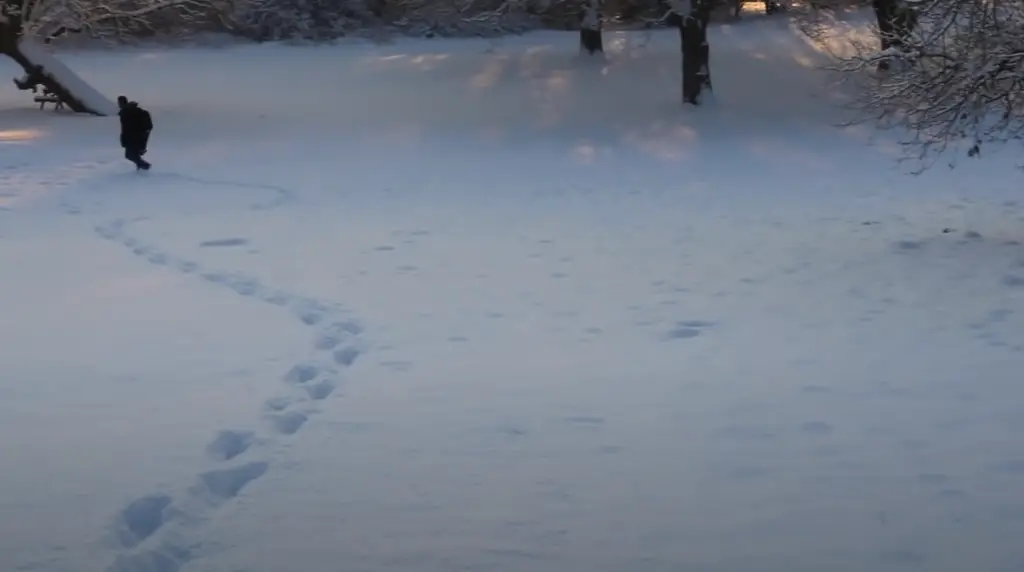
Shoot Fresh and Act Fast
Snow and ice can melt quickly, so be sure to act fast when shooting winter scenes. It’s best to capture these fleeting moments as soon as possible before they change. You can also check out local weather forecasts to plan your photoshoot ahead.
Be Prepared for Cold Weather
Winter photoshoots often take place in freezing temperatures, so it’s important to dress accordingly. Wear warm clothes that will keep you comfortable while shooting outdoors. Also, bring extra batteries and memory cards with you in case they freeze or run out of power due to cold temperatures.
Play With Perspective
Perspective can add depth to your images and make them look more interesting. Play with different perspectives such as shooting from a distance or getting up close to objects. This will create unique photographs that stand out from the crowd [3].
Include Elements of Nature
Including elements of nature like trees, plants, and rocks can bring life to an otherwise dull winter scene. Look for these elements in your environment and use them as focal points in your shots. This will help create more vibrant images that capture the beauty of winter.

Use Your Camera Settings for Enhancing Soft Lights
In winter months, the light is softer and warmer. Use your camera settings to take advantage of this soft light for beautiful winter images. Increase the exposure slightly, increase the shutter speed, and decrease the ISO setting to create images with a gentle look.
Take Photos of Couples to Bring Warmth into Your Winter Photoshoots
Featuring couples in your winter photoshoots are a great way to bring warmth and life into your images. The natural affection between two people will add an element of emotion to the image, which can make for beautiful, timeless photographs.
Use Winter Fog to Take Photos of People
Winter fog can be a great tool for creative portrait photography. Use it to obscure the background and create dream-like images. The soft, ethereal quality of the fog will give your photos an otherworldly feel.
Use Christmas Photography With Items You Love
Include items that represent the Christmas season in your winter photoshoots. This could be anything from a festive wreath to a decorated tree. Use these items as props or create scenes around them for creative, holiday-themed photos.
Capture Animals in Winter Scenes
Animals have often hidden away during cold winter days, but they can make great subjects for photos. Look for traces of animals in the snow and capture them as part of your winter scene or use animal tracks to lead viewers into the image. You can also try photographing animals themselves if you have access to wildlife.
Use Food Photography to Capture the Winter Mood
Food photography is a great way to capture the cozy feel of winter. Use seasonal ingredients such as hot chocolate, roasted chestnuts, or cranberry sauce in your photos. This will give your photos a warm and inviting atmosphere that evokes the special feeling of winter [4].
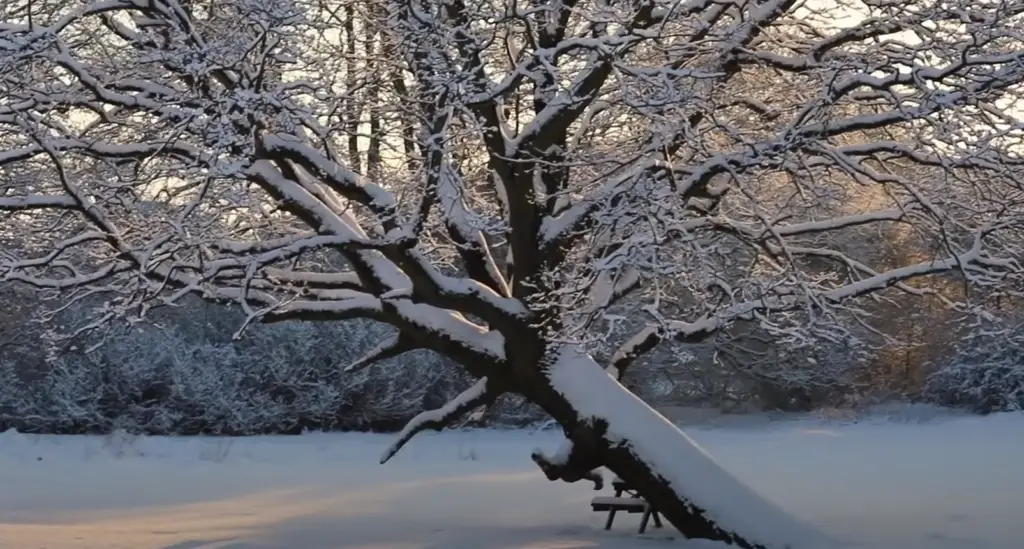
Take Macro Photos to Capture the Beauty of Winter Up Close
Macro photography is a great way to capture the intricate beauty of winter, from snowflakes and frosty leaves to wood textures and animal tracks. Use your camera’s macro setting or take advantage of tools such as extension tubes for better close-up images.
Freeze Soap Bubbles for Great Results
Creating unique snowflakes in the form of soap bubbles is a fun way to add some creativity and color to your winter photoshoot. To get started, simply prepare a soapy solution by combining dish soap with water.
Blow the bubbles or pour them into trays and place them outside for about 10 minutes in a very cold environment. The soap will start to freeze, forming beautiful shapes that you can use as props for your photoshoot. Be sure to work quickly once the bubbles have frozen, as they won’t last long before they melt again!
Experiment with different colors of bubble mixture and various positions around the shoot location that works best with natural lighting. By freezing soap bubbles outdoors in wintertime, you’ll be able to capture some stunning photos!
Create Interest with Snow Tunnels and Shapes
Incorporating elements of interest in your winter photoshoot is also a great way to capture unique images. Consider creating tunnels or shapes out of the freshly fallen snow, such as spirals and mazes. You can use shovels and rakes to create these patterns, or simply allow nature to take its course.
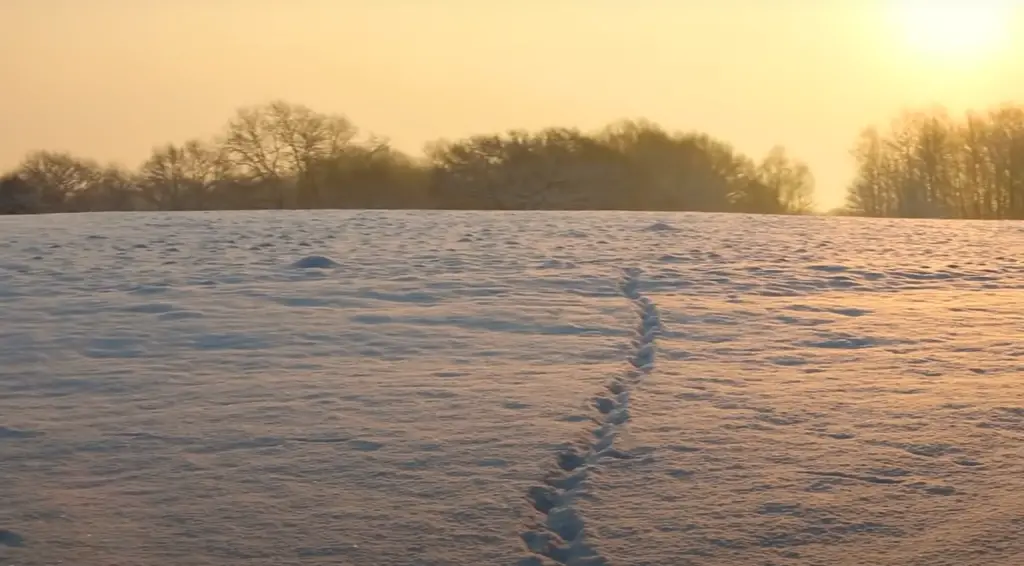
If you’re feeling creative, try filling plastic tubes with colored water before freezing them for an extra splash of color! Apart from scenic shots, consider having people stand within or alongside your snow tunnels for a truly memorable photo.
Focus on the Connection Between Buildings and Snow
One of the most successful winter photoshoots involves focusing on the connection between buildings and snow. Bringing together urban architecture with a vast expanse of white can create a unique juxtaposition that will help to make your photos stand out.
You can find interesting architectural elements in any city or town, such as statues, bridges, doorways, or old walls. Capture these elements covered in snow to add an extra touch of beauty and mystery to your shots. It’s important to keep in mind how the light will affect the shot too: try taking photos at sunrise or sunset when there’s a soft golden hue across the scene. This can add warmth and drama to any photograph!
Focus on People Interacting in Winter Weather
Another great way to capture the beauty of winter is by focusing on people interacting in winter weather. Whether it’s a family playing in the snow, individuals sledding down a hill, or couples having a snowball fight, there are plenty of opportunities for candid and beautiful shots. To get the most out of this type of photo shoot, try to focus on what’s happening between people rather than simply capturing them as separate objects [5].
Look for those moments where two characters interact naturally with each other; these often make for more interesting photographs than posed shots alone. Additionally, look for ways to use color – adding some bright red mittens or scarves can add an extra element of visual interest!
Take Landscape Images
Finally, don’t forget to take landscape images! Winter is full of beautiful landscapes, from snowy forests and fields to icy rivers and lakes. Take advantage of this opportunity by exploring different locations and getting creative with your shots. Try taking a series of close-ups of the snow-covered ground, or use a wider angle lens to capture the entire scene in one shot. In addition, be sure to experiment with different lighting; try shooting at sunset or sunrise for some truly stunning results!
Get Up Early for Magical Light
No matter which type of winter photoshoot you’re doing, it’s important to get up early in the morning – preferably before dawn if possible. This is because the light at this time can be incredibly magical, with soft, golden hues and long shadows that create atmosphere and drama. Take advantage of these unique lighting conditions by starting your shoot early – you won’t regret it!
A Few Winter Photography Ideas in 2023
Look for Contrasts and Color
Winter is the perfect time to look for contrasts in color and light. Make sure to frame your shots so that you can capture both the bright sunshine and muted colors of winter, as well as the stark whites and blacks of a snow-covered landscape. Look for outlines, shadows, and shapes within nature to highlight the changing seasons.
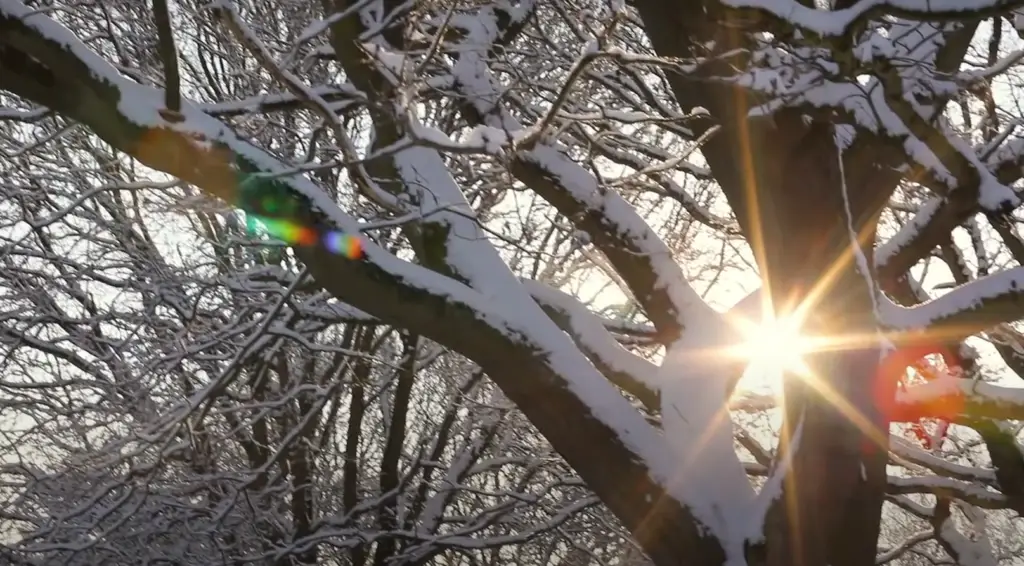
Focus on Details
The details are often what makes a great photo stand out. From frosty patterns on windows to icicles dangling from tree branches or even frozen steam clouds caught in midair – take advantage of these unique opportunities that winter brings! Keep an eye out for unexpected elements like pine cones, wooly hats, hot cocoa mugs, or anything else that speaks to the season.
Be Moody
Winter is the perfect time to embrace moody vibes. Capture the silhouettes of bare trees against a snowy sky, or look for bridges or waterfront scenes shrouded in fog. You can also take advantage of darker spaces and capture bright light filtering through windows or doorways.
Capture Unique Perspectives
Look for unique perspectives that will make your winter photos stand out. Take shots from above, below, or even at eye level with things like snowflakes and icicles – you’ll be surprised by how these smaller details can create something truly stunning [6].
Snowy Portraits
When the snow is falling, take advantage of it! Snowy portraits are always a beautiful way to capture the magic of winter. Invite your friends and family out for a photo shoot in the snow, or use a self-timer to experiment with solo shots.
Capture Sunsets to Create Dramatic Contrasts
One of the best times to take winter photos is during sunset. The combination of warm golden light and cold, snow-covered landscapes can create a powerful contrast that adds depth and drama to your photographs. If possible, try to find a spot with an interesting foreground element – such as a tree or statue – to act as a focal point for your shots. Additionally, be sure to use a tripod so you can capture slow shutter speeds without a camera shake – this will help ensure clear and sharp images!
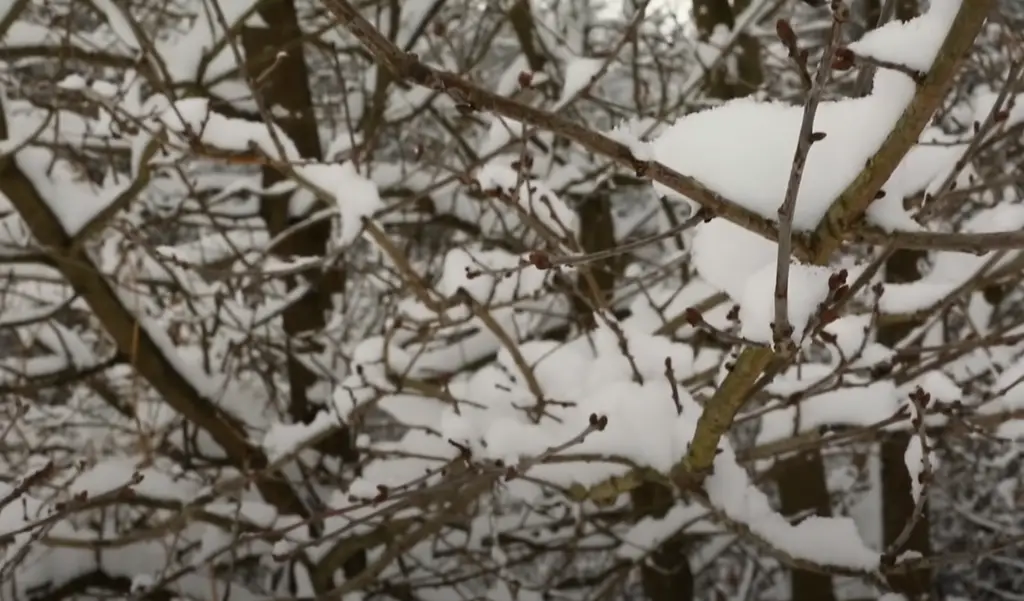
Take Creative Photos of Snow Falling
If you’re lucky enough to have a bit of snowfall during your winter photoshoot, take advantage of this opportunity! Snowy scenes can be incredibly beautiful and the falling snow adds an extra dimension to any photograph. Try taking creative shots of snowflakes as they fall, or use a long exposure to create a dreamy effect. Be sure to experiment with angles too; try shooting from above or below the snowfall for something truly unique!
FAQ
How can I make my photos look wintery?
Winter photoshoots can be made more magical with a few simple tricks. Use glittery ornaments, holly berries, and pinecones to add a festive touch to your scene. Incorporate warm colors like reds and oranges into the background to create a cozy atmosphere. If you’re shooting outdoors, find snow-covered trees, mountains, or frozen lakes for breathtaking winter shots.
If the weather isn’t cooperating—or if you live in an area without snow—you can still capture that wintry feeling with a blue filter or white Christmas lights draped around your subject. You can even use faux snow for added realism! Whatever backdrop you choose, make sure it complements the clothing and props your subject has.
What is the best time to do a photoshoot in winter?
The best time to do a winter photoshoot is usually around dawn or dusk. This is when the light is most flattering and it gives the photos a beautiful, soft glow. You can also take advantage of the snow for added texture in your photos. If you’re shooting outdoors, avoid direct sunlight as this will create harsh shadows on faces and ruin the overall effect. Cloudy days are perfect for taking pictures in winter as they provide soft, even lighting throughout the scene.
How do you take portraits in the winter?
Taking portraits in the winter presents its own challenges, but with a little know-how and preparation, you can create some truly stunning shots.
Here are a few tips to get you started [7]:
- Choose Your Location Wisely: When shooting outdoors during the cold months, pick a location that has plenty of interest to add texture and depth to your photos. Think trees with colorful leaves, snow-covered landscapes, or quaint old buildings. Even if the scenery alone is not enough, adding props like blankets and hats will help bring out the cozy winter vibes;
- Take Advantage of Natural Light: Natural light is key for portrait photography, so scout out locations that receive lots of sunlight throughout the day—especially during golden hour (the hour just before the sun sets). This will give you a soft, flattering light that won’t be too harsh;
- Keep Your Camera and Lenses Warm: Cold weather and camera equipment don’t mix well. If you’re shooting outside and temperatures will dip below freezing, make sure your batteries are fully charged, store them in an inside pocket close to your body, and keep your lenses warm with lens caps or blankets;
- Layer Up: As much as possible, dress yourself and any subjects in layers so they can stay warm while posing for shots. Wear something with plenty of pockets so you have quick access to things like extra batteries or memory cards if needed. Also, be sure to bring along a thermos of hot cocoa or tea for everyone to enjoy when the shoot wraps;
What colors look good in snow pictures?
When shooting in the snow, cool or neutral colors can be very effective. Blues, purples, and grays look great against a white background. If you want to make your subject stand out even more, you could try adding some color with accessories or clothing – bright reds, oranges, and yellows all work well.
You should also consider using low-contrast lighting if possible. This type of light gives a softer feel to the images by creating an even brightness across the frame and reducing harsh shadows. When working outdoors in winter weather conditions, it can be difficult to control the amount of light available so it is important to find ways to make the most of whatever situation you are presented with. Consider using reflectors and diffusers to help balance the light [8].
Finally, consider incorporating a bit of texture into your images as well. Snow-covered trees or fallen leaves can create an interesting contrast with the white snow and make for some stunning photographs. If you want to add a bit more drama, try adding smoke or other elements like fairy lights. This can give your shots a magical feel that will be sure to draw attention!
How cold is too cold for photography?
When it comes to winter photoshoots, there is no “right” temperature for the perfect shoot. You should keep in mind that most cameras and lenses are not built to withstand extremely cold temperatures, so anything below -15°C (5°F) could be too cold for your gear [9]. Additionally, if you’re shooting outside, you may find yourself at the mercy of Mother Nature’s whims! Taking extra precautions and having backup plans can help protect both you and your equipment from any unexpected weather elements.
If you’re shooting indoors, make sure that the environment won’t be too cool or damp for your camera gear. Keeping a space heater nearby and having some warm blankets on hand can help keep everyone warm while still preserving the chilly winter vibes.
Does cold weather ruin photos?
Lower temperatures can affect battery life, so it’s important to be prepared for any potential issues. If you’re planning a longer session, keeping extra batteries and memory cards handy can help ensure that you don’t miss out on any great shots. Furthermore, cold conditions can also cause fogging on your camera lenses. To avoid this, you should keep your equipment warm and use lens hoods if available.
How do you add warmth to a picture?
Adding warmth to a picture is not just about the temperature of the location, but also about the lighting and composition. When taking pictures during winter months, make sure to capture as much natural light as possible. Try shooting when there are still traces of sunlight, or use backlighting if possible. This will give your photos a warm feel with soft shadows and subtle highlights.
When composing your shots, focus on adding elements that evoke warmth like cozy blankets and sweaters, fireplaces or fireside scenes, hot drinks in mugs, candles, and more! You can even incorporate warm colors into your photos through props such as scarves, hats, and other accessories. Pay attention to how you position these elements in your frame; small changes can make a big difference.
How do you make fake snow for photography?
Fake snow can be used to add drama and texture to a winter photoshoot. It’s easy to make your own fake snow at home with common household ingredients.
Here are some tips for creating realistic-looking fake snow:
- Use food coloring or white paint in water to create a slushy consistency that resembles real snow;
- Mix one part cornstarch, two parts baking soda, and one part hot water in a bowl. Stir until the mixture is thick enough to stick together;
- To add sparkle, mix glitter into the mixture or sprinkle it on top of the fake snow once it has had time to set;
- For even more realism, use hairspray before adding the fake snow. This will make the “snow” look thicker and more realistic;
- Use a paintbrush to spread the mixture over the desired area of your winter photoshoot. You can also use a spoon or spatula to create piles of “snow” on top of props or in the background of your image;
How do you pose in the winter?
When posing during a winter photoshoot, keep in mind the season and dress appropriately. If you’re feeling brave, try wearing boots or snow pants for a more seasonal look. Wear layers—a coat with a turtleneck underneath can be both stylish and practical. Accessorize your outfits as well to add some extra flair: hats, gloves, scarves, and boots can all be fun additions!
If you’re looking to get creative with poses outdoors, there are plenty of options available. Have fun playing in the snow – build a snowman together or make snow angels! Use natural elements such as trees or rocks to frame photos or simply lie down in the pure white blanket of snow. Give your winter photoshoot an even more magical feeling by adding in some festive props like a sled, skis, or snowshoes.
When taking photos indoors, get creative with your surroundings and backdrops. Hang festive decorations to give the pictures a warm holiday atmosphere or add pillows and blankets for extra coziness. Try leaning up against a wall with Christmas lights behind you or playing board games together on the floor. Remember to have fun and don’t be afraid to experiment! With the right lighting and setting, the possibilities are endless.
What camera settings for snow?
When taking winter photos, try to shoot with the widest aperture and lowest ISO that your camera allows. You’ll want as much light as possible to penetrate through the thick snowflakes and create a beautiful, bright photo. Additionally, use a faster shutter speed to freeze the movement of falling snow in order to create crisp, sharp shots.
Finally, focus on the subject of the shot rather than on the background; this will help bring attention to the primary focus of your image instead of any blurring or noise caused by shooting in low light conditions.
What is white balance for winter photography?
White balance is an important factor in photography, especially for winter photoshoots. White balance is a camera setting that adjusts the ratio of colors in the photo to make it appear more natural. If you are shooting on a sunny but cold day, your white balance will be drastically different than if you’re shooting during a foggy day.
It’s important to adjust your white balance settings depending on the type of light and weather conditions that you’re working with. For example, in snowy scenes, you may find yourself having to increase your white balance as snow tends to absorb more blue light than other colors. By adjusting your settings accordingly, you can capture precise colors and details that would otherwise be washed out on a bright and cold winter day.
When it comes to winter photography, post-processing is important as well. By using software such as Adobe Photoshop or Lightroom, you can easily adjust your white balance settings after the shoot to ensure that your photos are accurately represented in terms of colors and tones. This will also give you more creative control over your images which is especially helpful when dealing with difficult lighting conditions like those encountered during winter photoshoots.
Is a higher ISO better or lower for winter?
When considering what ISO to use for your winter photo shoot, there are several factors that should be taken into account. First and foremost is the amount of ambient light available; if there is plenty of natural light coming from outside then a lower ISO should work just fine as long as you don’t need to freeze any motion. On the other hand, if you are shooting indoors or at night then a higher ISO may be necessary to ensure that you get enough light.
Additionally, what type of camera you are using will have an impact on which ISO is best for your winter photoshoot. Most cameras today have fairly high maximum ISOs which can make it easier to capture images in low-light situations; however, some cameras still have relatively low maximum ISOs which might require either bringing artificial light or increasing the shutter speed to get enough light [10].
Finally, remember that when dealing with digital noise and grainy images a lower ISO is usually better since they tend to look much cleaner than higher ISO shots. However, if you want to freeze motion or capture a sense of movement in your images then a higher ISO can be beneficial.
What are warm colors in photography?
Warm colors can be used to create interesting effects in photography, especially during a winter photoshoot. Warm colors include shades of yellow, orange, red, and pink. Adding touches of these warm-hued shades to your photos can bring out the natural beauty and warmth of the winter season. Use them sparingly so that they don’t overpower the photo; light shades are usually best for this purpose.
When using warm colors in photography, you may also want to incorporate textures or objects that help create a sense of depth and interest in the image as well. This could include items like snowflakes, evergreens, or pinecones. Using props is an easy way to add more visual impact to your photos without overpowering the entire composition.
Useful Video: A COMMON MISTAKE when photographing WINTER landscapes
References
- https://www.artifactuprising.com/photography-tips/winter-photography-tips
- https://expertphotography.com/winter-photography-ideas/
- https://iso.500px.com/winter-photo-tips/
- https://www.pixpa.com/blog/winter-photography-tips
- https://www.pixpa.com/blog/winter-photography-tips
- https://www.flytographer.com/blog/winter-photoshoot-best-tips/
- https://www.artifactuprising.com/photography-tips/winter-photography-tips
- https://iso.500px.com/winter-photo-tips/
- https://expertphotography.com/winter-photography-ideas/
- https://www.artifactuprising.com/photography-tips/winter-photography-tips





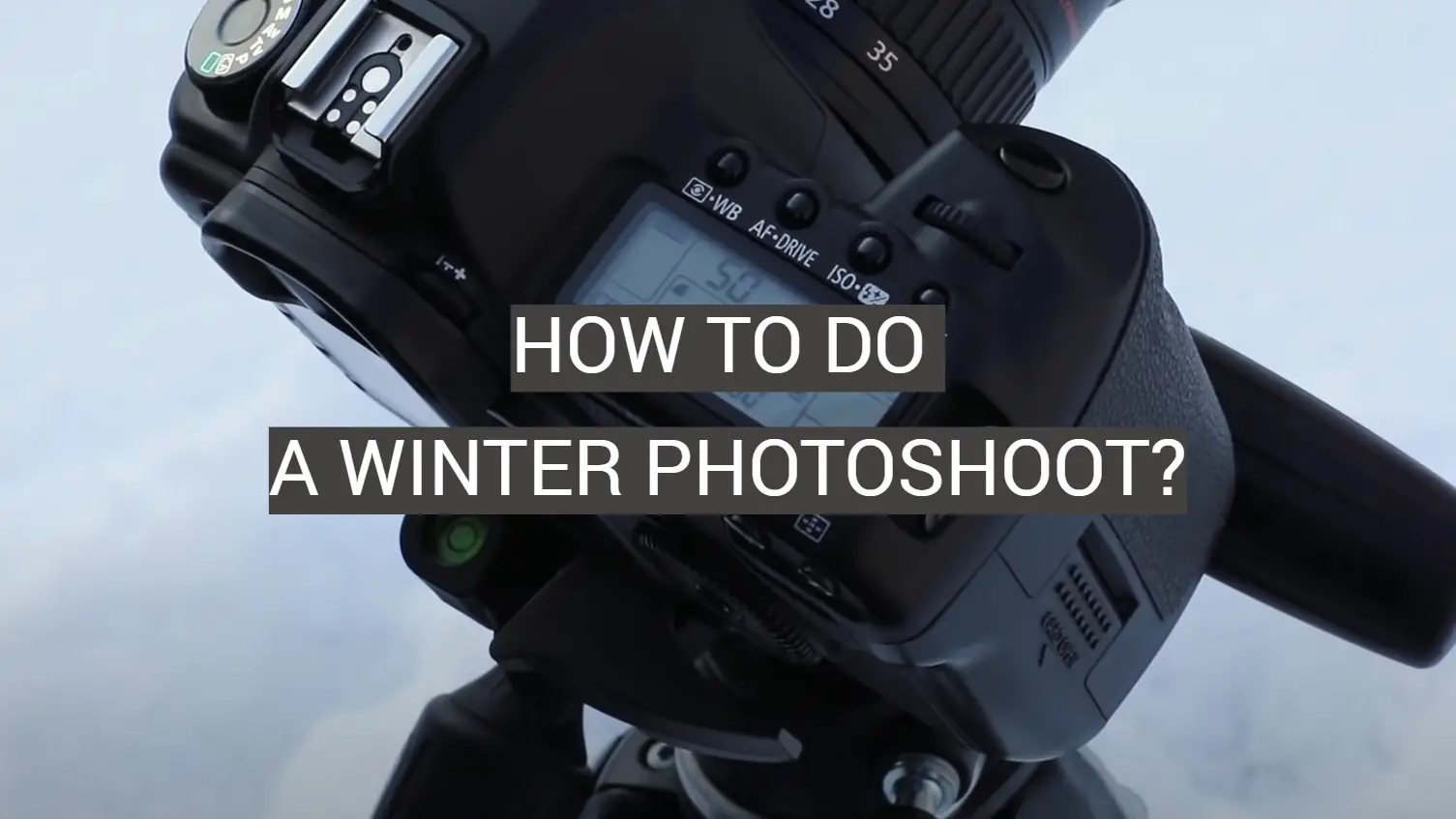


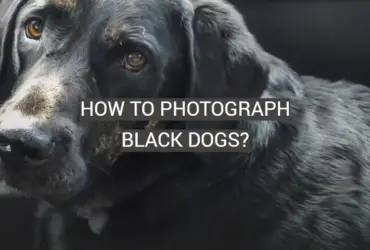

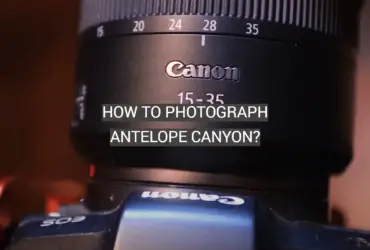
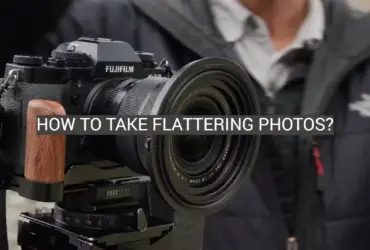
Leave a Reply